SUMMARY
This is AI generated summarization, which may have errors. For context, always refer to the full article.
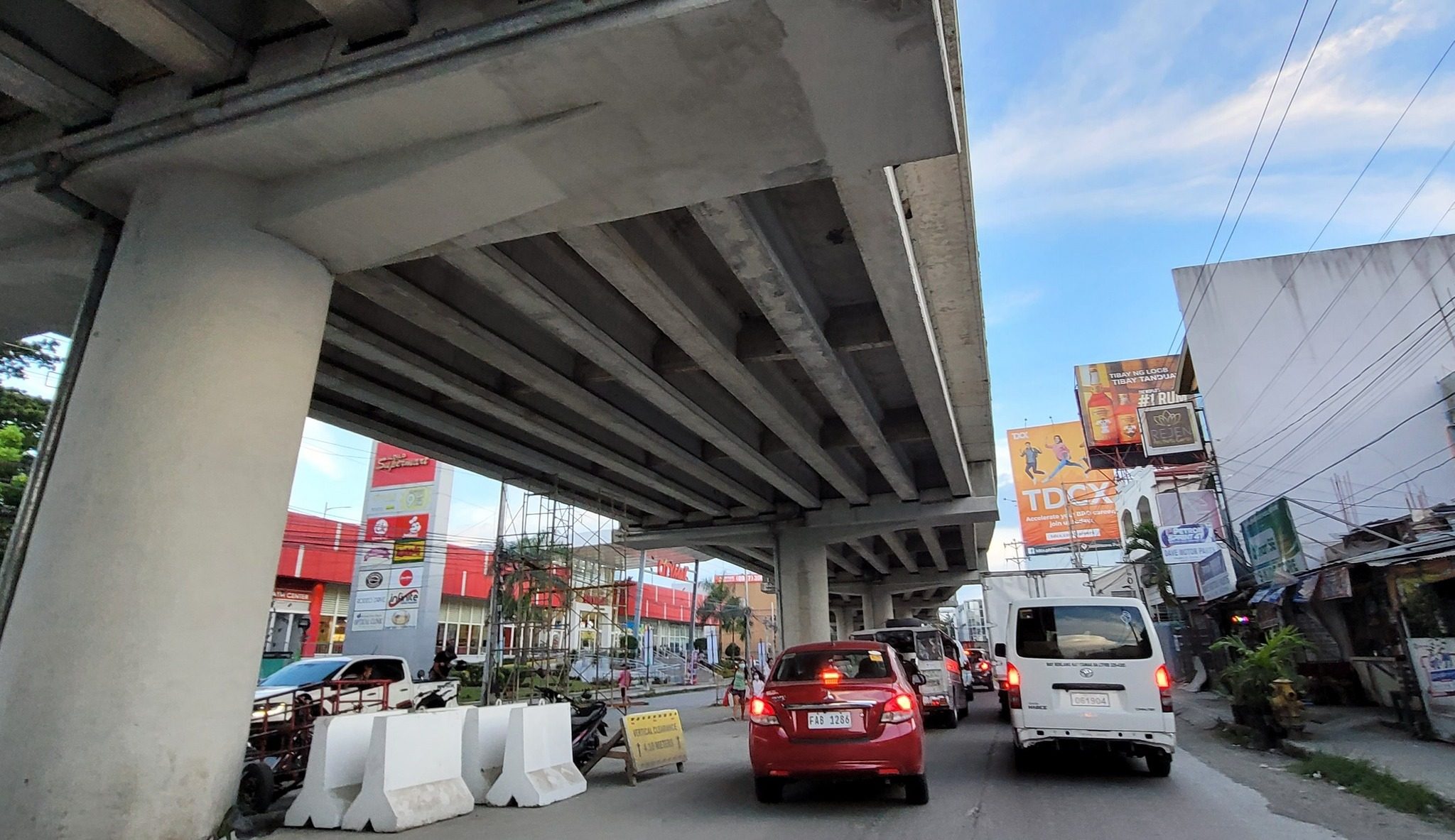
ILOILO City, Philippines – Commuters and motorists traveling through the Ungka area between Jaro in Iloilo City, and the town of Pavia in Iloilo province can expect another year of traffic congestion as the Department of Public Works and Highways (DPWH) undertakes much-needed repairs on the P680-million flyover project.
Based on estimates provided by a third-party consultant hired by the DPWH to assess the vertical displacement or sinking of three piers or foundations of the flyover, the repair work carries a price tag of P250 million.
Structural engineer Adam Abinales, the managing partner of the Pasig-based Abinales Associates Engineers + Consultants, told the Regional Development Council-Western Visayas’ Infrastructure Development Committee (RDC-IDC) on Monday, May 15, that Pier Nos. 4, 5, and 6 of the flyover’s 16 piers sank by more than one foot between May 2022 and April 14, 2023.
Among the piers, Pier 5 had the deepest settlement, with a depth of 583 millimeters or 22.9 inches. Pier 6 settled by 488 mm or 19.21 inches, while Pier 4 settled by 431 mm or 16 inches.
The remaining piers also showed some settlement but to a lesser extent, ranging from 17 mm to 151 mm.
But what caused the foundations to sink?
Abienales explained that the piers did not reach the stable and solid soil layers known as the hardpan.
In the case of Pier No. 5, it was built on a layer of soil that is prone to liquefaction, which increases the risk of significant damage during seismic events such as earthquakes.
Nilo Jardeleza, an Iloilo-based structural engineer who attended the meeting, said the soil strata of the flyover site are mostly soft clay.
“Engineer Abinales even tested the soil strata up to 50 meters deep, but the layers were still soft. The design of the flyover only recommended up to 30-meter depth, so it was not enough to keep the piers stable,” Jardeleza said.
Jardeleza said the Bureau of Designs of DPWH central office and the firm that conducted the soil test before the construction have some explaining to do.
He said DPWH should have exercised due diligence by thoroughly reviewing the consultant’s soil test report, and it could have also asked for more data from other government offices like the Mines and Geosciences Bureau (MGB) of the Department of Environment and Natural Resources (DENR).
Based on records, United Technologies Consolidated Partnership was tapped for the soil testing.
Costly repair
To stabilize Piers 4 to 6, Abinales recommended the burying of concrete bored piles around the sinking foundations.
The fix will not entail total demolition or removal and replacement of the flyover, he added.
“The piers will stay and would only be expanded a bit to hold additional bored piles in place. If you remove [the piers], that would mean total demolition. We think that we could still save the structure,” Abinales said.
As to the 13 other piers, Abinales recommended underpinning by way of jet grouting or injecting cement-like substances under the foundations to stabilize the soil.
Abinales said the repairs would take at least 10 months at an estimated cost of ₱250 million at the minimum.
The final cost would depend on the extent of the jet grouting, which is expected to go as deep as 100 meters to further stabilize all foundations.
Abinales said they were still working on the detailed engineering design of the repairs, which is expected to be sent to the DPWH by the end of May.
DPWH Undersecretary Roberto Bernardo said the repair works would most likely start in 2024 due to funding issues.
Bernardo said the department no longer has funds for the repairs in the 2023 national budget, thus their option is next year’s budget.
He said if President Ferdinand Marcos Jr. signs the 2024 budget by December 2023, “then we can start by January,” he added.
Bernardo said the flyover contractor, International Builders Corporation (IBC), can implement the repairs, but it would require another round of bidding.
“There is a possibility that IBC would do the additional work, so long as it complies with procurement laws under Republic Act No. 9184. We are also looking into the aspect of having them shoulder the additional work. But, of course, before we fund the additional work, we have to evaluate it. Whatever would be the addition to what had been done, it could be additional work, variation order, or whatever. What is important is that we fund this,” he said.
Bernardo said the DPWH’s priority is to promptly repair the flyover and alleviate the inconvenience faced by commuters.
‘Open and close’
The four-lane Ungka flyover, one of the four flyover projects initiated by former senator Franklin Drilon, underwent construction from January 2020 to June 2022.
Initially, the flyover’s opening was implemented in stages, with two lanes accessible to vehicles by June 2022. It was fully opened during the first week of September 2022.
However, motorists raised concerns about experiencing a wavy sensation while traversing the flyover, particularly in the spans between Piers 4-6.
By the second week of September 2022, the DPWH-Western Visayas decided to temporarily close the flyover to traffic due to confirmed monitoring of vertical displacement in the structure.
As a result, the flyover has remained closed, leading to daily traffic congestion during morning and early evening rush hours. – Rappler.com
Francis Allan Angelo is an Aries Rufo Journalism fellow.
Add a comment
How does this make you feel?
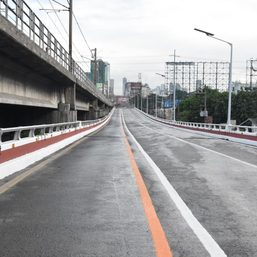
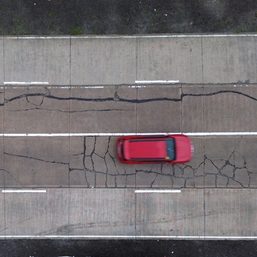
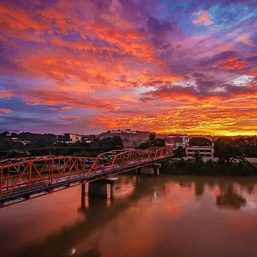
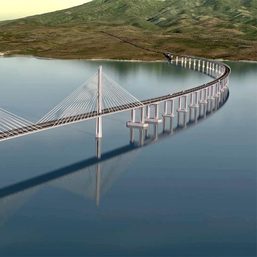

![[Ilonggo Notes] Putting the spotlight on Ilonggo and regional cinema](https://www.rappler.com/tachyon/2024/04/Screenshot-2024-04-07-at-2.04.59-PM.png?resize=257%2C257&crop=321px%2C0px%2C809px%2C809px)

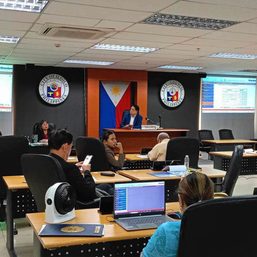
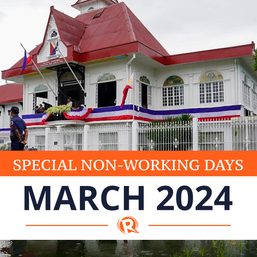
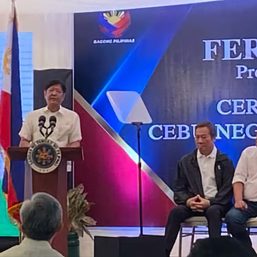
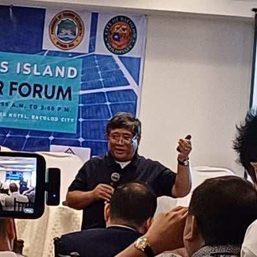
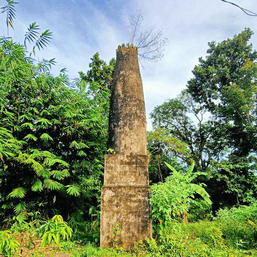
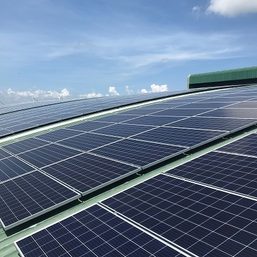

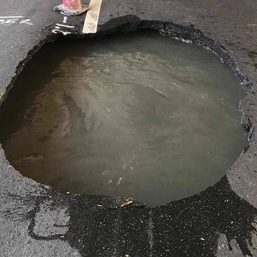
![[ANALYSIS] Investigating government’s engagement with the private sector in infrastructure](https://www.rappler.com/tachyon/2024/04/tl-gov-private-sectors-infra-04112024-1.jpg?resize=257%2C257&crop=435px%2C0px%2C1080px%2C1080px)
![[OPINION] Cities and public spaces should be for people first](https://www.rappler.com/tachyon/2024/04/imho-people-first-city-04132024.jpg?resize=257%2C257&crop_strategy=attention)
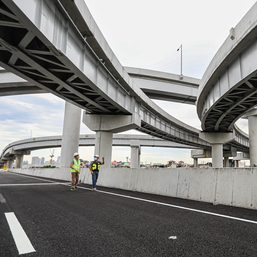
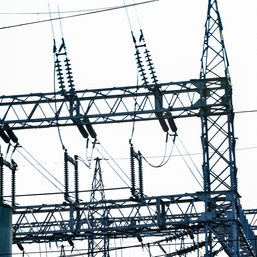


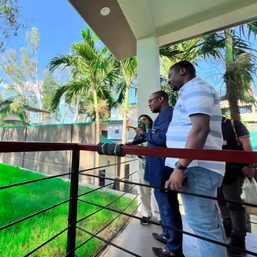
There are no comments yet. Add your comment to start the conversation.